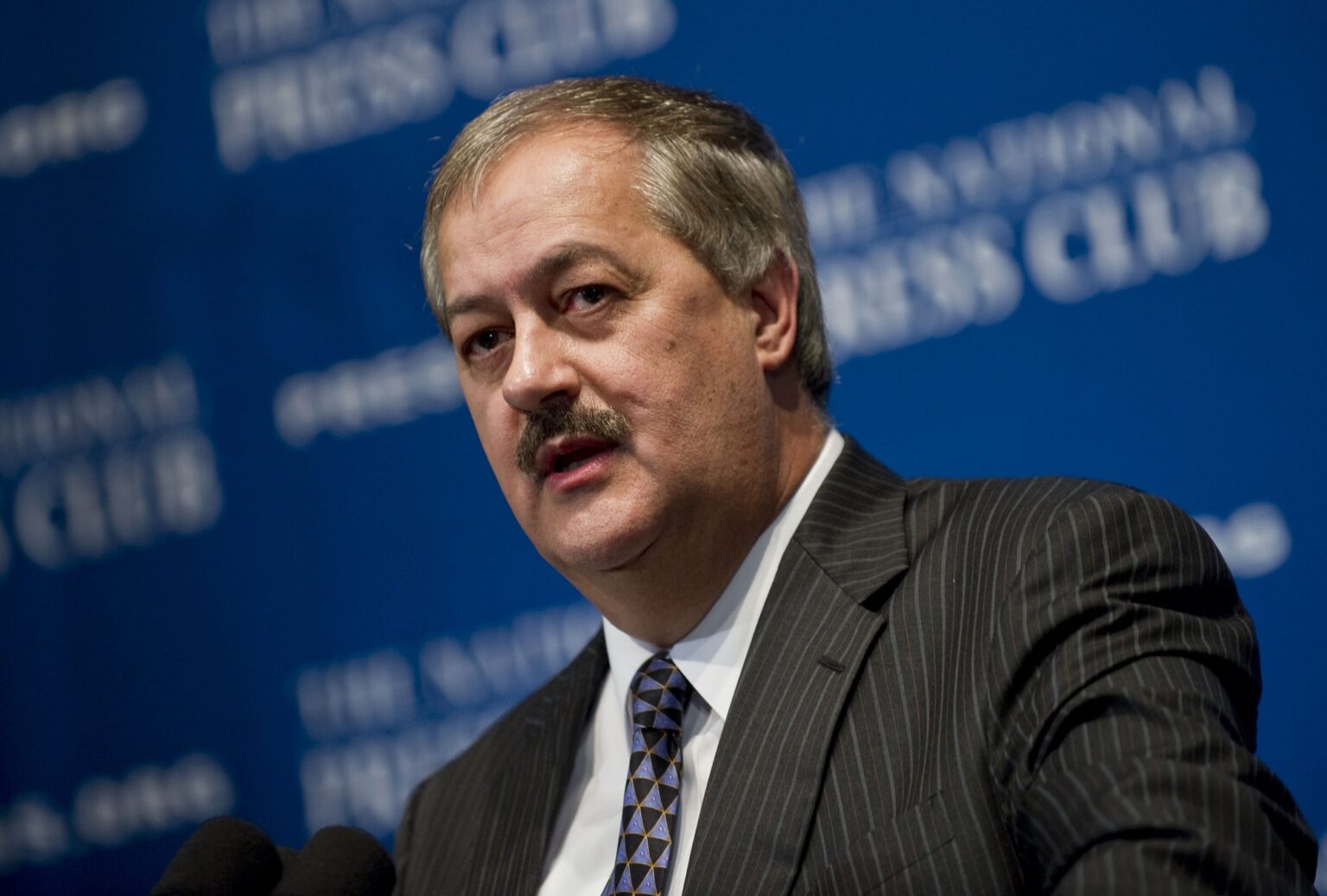Tomorrow, April 5th, is the 8th anniversary of the Upper Big Branch (UBB) mine tragedy, which took the lives of 29 coal miners.
The miners who lost their lives were among Massey and the coal industry’s very best. Collectively they had perhaps 400 years of experience. They had proven day after day and year after year that they were professional miners.
Some had worked at UBB throughout the mine’s entire seventeen years of existence. There is no way I can personally express the sorrow and heartbreak I felt when I first learned of the tragedy sometime near 4 p.m. that day.
My expression of regret, sorrow, and condolences to the families of the miners has never been enough for several of the families, and I understand that. And it is also not enough for me to say “sorry.”
Therefore, my goal today is the same as it has always been. That goal is to honor these lost miners by using lessons learned from the accident to prevent other miners and families from ever experiencing such a tragedy again.
My efforts to prevent another UBB like tragedy began shortly after the explosion when I hired an explosion investigation expert and directed that, no matter what the truth was, I wanted to know what really caused the explosion.
My efforts are continuing today. Absent my someday feeling that I have done all that I can do; my efforts will continue for the rest of my life. Among the reasons that I will continue to speak on behalf of the perished miners is that they cannot defend themselves from the government’s false claim that the miners themselves caused the tragedy.
Based on what I was advised by experts in forensics, by mine ventilation experts, and by experienced coal miners, I formulated specific mine safety enhancement recommendations more than three years ago. I then provided those recommendations to all of our federal government representatives.
In response to these recommendations, Senator Joe Manchin insisted that I be indicted, and so I was. But even from a prison cell, I continued the effort to defend the miners and produced a booklet, which among other things, provides in layman’s terms the explosion expert’s opinion as to what caused the explosion.
Reasonable persons can disagree as to what exactly happened on April 5, 2010. But reasonable persons, with mining experience, who are attempting to prevent another UBB cannot disagree about, nor ignore, the presence of the very large volume of natural gas which exited the mine after the explosion.
It is a chemical fact that the gas was not coal bed methane. It is a mathematical fact that it was a very large and not a small amount of natural gas. These facts are indisputable.
As well, no knowledgable mining person, seeking to prevent another UBB, can ignore the reduction in airflow which had been made in the days and weeks leading up to the day of the explosion. A change in the airflow which was fully completed just eight hours before the explosion. There is no doubt that the reduction was required by the Mine Safety and Health Administration (MSHA). That fact too is indisputable.
It is also indisputable that no legislative actions have been taken that will prevent these indisputable facts from causing another UBB. If a mine has less air and a large amount of natural gas enters it while cutting sandstone rock, an explosion might well occur.
The fact nothing meaningful has been done to prevent another UBB is substantiation enough of the need to divide MSHA into two separate agencies: one agency to regulate the day to day mining and one to investigate accidents.
More than 130 American miners have perished since April 5, 2010, yet MSHA still says in every case, without any truly independent second opinion, that each accident is the miner’s fault or the operator’s fault.
Simply put, legislation that divides MSHA, just like the Federal Aviation Administration (FAA) and the National Transportation Safety Board (NTSB) are divided, will save miner’s lives. The use of computers and other technologies could also save lives by taking some of the guesswork out of mine ventilation plans and by continuously monitoring the mine’s atmosphere. There is no doubt about this either.
April 5th is not only a reminder to all of us that 29 miners perished that day – April 5, 2010. It must also be a reminder to us all that we have failed to honor the lost miners by learning from their loss so that we can save others.

